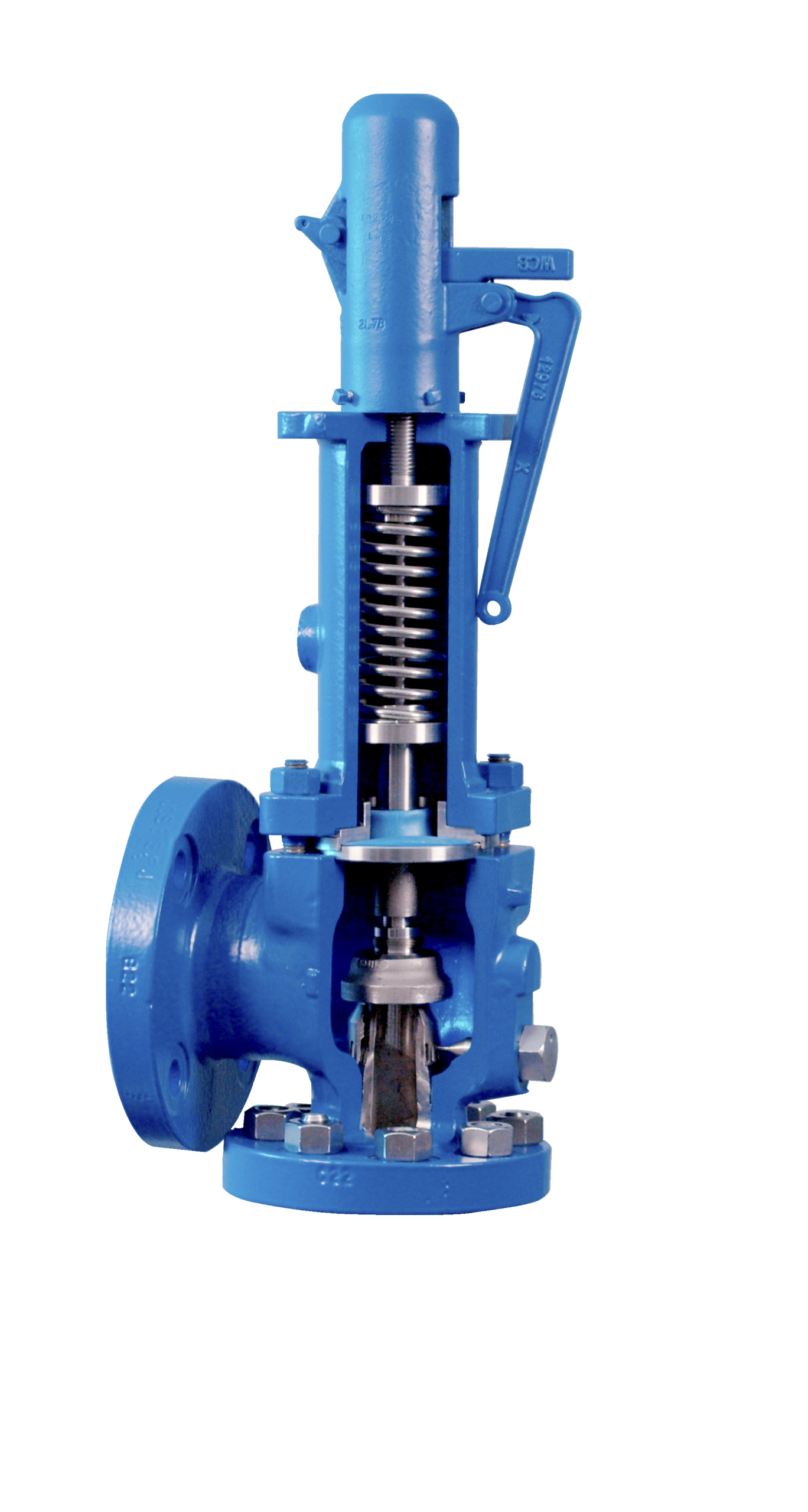Emerson has announced the release of two new-to-the-world technologies for the Crosby™ J-Series pressure relief valve (PRV) product line. The first is a Balanced Diaphragm, which eliminates the need for bellows in PRVs while providing balanced operation against backpressure to lower the cost of ownership and enhance performance. The second technology is Bellows Leak Detection, enabling remote detection of bellows ruptures in PRVs, with the capability to reduce and accurately calculate volumetric emissions in real-time.
Where backpressure is present, spring-loaded PRVs often utilize bellows to ensure balanced operation. Data analysis from 30,000 PRV service records across different industries and valve brands shows a bellows failure rate between 2% to 6%. In other words, a plant with 1,000 bellows PRVs may have between 20 to 60 PRVs continuously operating with damaged bellows.
The second technology, Bellows Leak Detection, addresses the problem of bellows failures, which are challenging to detect and often remain unnoticed for years until the removal of the valve for periodic service. Leak detection and repair (LDAR) programs may include PRVs, but their target sources for leakage detection are flanges or valve seats, so bellows ruptures will generate fugitive emissions through the PRV bonnet vent that may not be in the LDAR scope. In addition, PRV installations are often difficult to access and in hazardous locations, making leak detection difficult.
The Bellows Leak Detection solution is a safer and more efficient method for detecting bellows failures and emissions. It consists of a backup piston and Rosemount™ wireless or wired pressure transmitter. The backup piston can reduce emissions by over 90% in the event of a bellows rupture because it has a much smaller clearance than a standard bonnet vent, and it ensures balanced operation.


